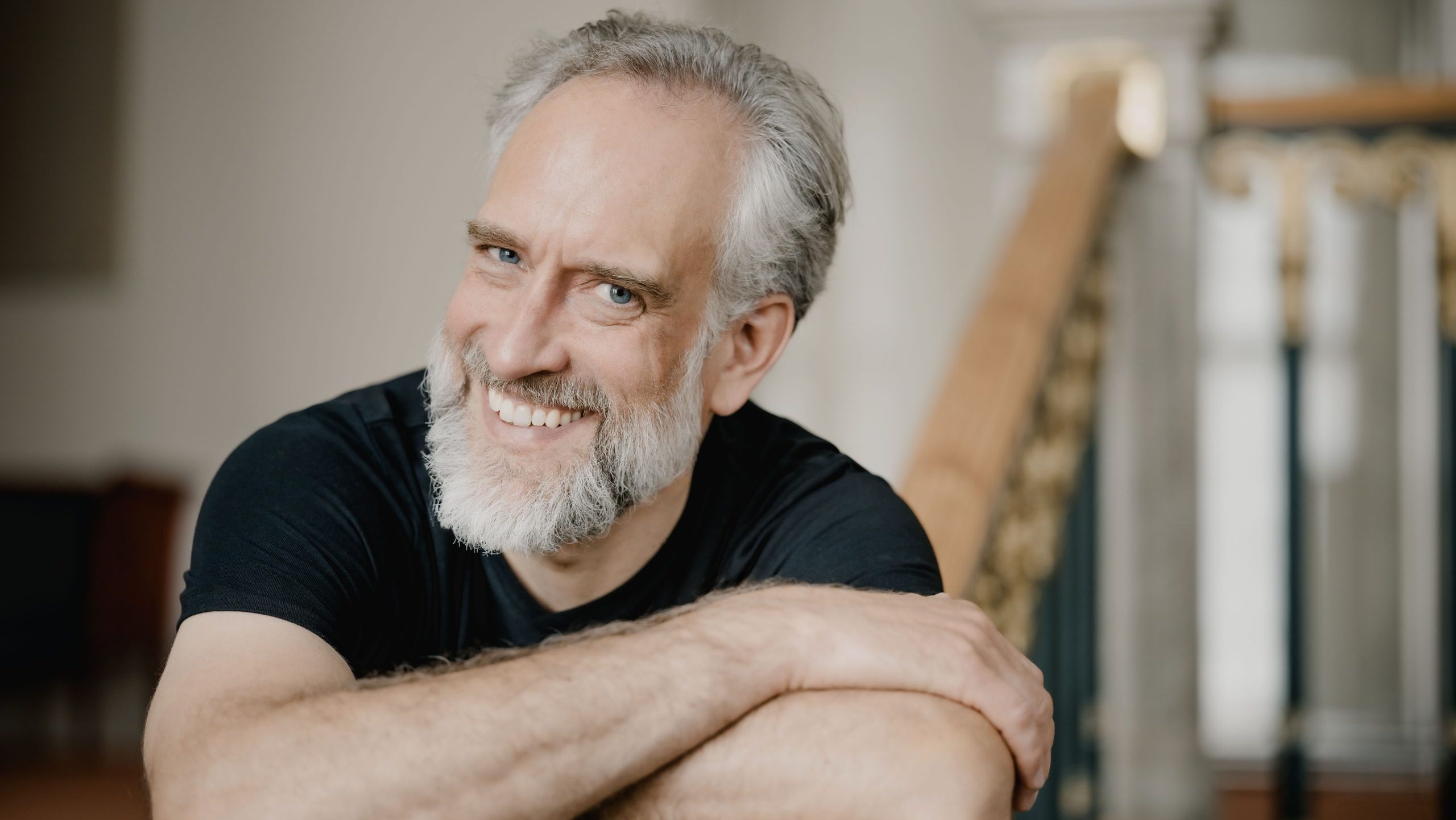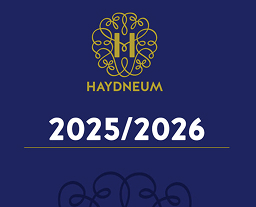František Ignac TŮMA (1704-1774):
f-moll Miserere, AMC, T. 8.
Johann Sebastian BACH (1685-1750):
Selig ist der Mann – cantata, BWV 57
Georg Philipp TELEMANN (1681-1767):
Wer nur den lieben Gott lässt walten – cantata, TWV 1:1593
—
Johann Sebastian BACH:
Ich hab in Gottes Herz und Sinn – cantata, BWV 92
Georg Philipp TELEMANN:
Jesus Christus unser Heiland – cantata, TWV 1:976
František Ignác Tůma was born in Kostelec, Bohemia, in 1704, and spent much of his life in Vienna, where he served as director of music at the court of Emperor Charles VI, remaining in service until the death of the emperor’s widow in 1750. As a composer and theorbo player he continued to enjoy the esteem of both the court and the nobility. In his later years he retired to the Premonstratensian monastery of Geras, and he died in a Vienna hospital in 1774. His vast oeuvre, written in the late Baroque style, is still little known today. Alongside his sacred vocal works, he also made significant contributions to instrumental chamber music. One of the rare surviving manuscript sources of his Miserere in F minor comes from the collection of the Diocese of Győr. This uniquely poetic work holds a worthy place in the programme alongside Bach and Telemann.
Almost exactly 300 years ago, in 1725, Bach composed his Christmas cantata Selig ist der Mann in Leipzig. Its text—fitting to the festive liturgy and also linked to the martyrdom of St Stephen—was compiled by Georg Christian Lehms. The scoring calls for bass and soprano soloists, two oboes, two violins, viola, and basso continuo, with the four-part choir appearing only in the closing chorale. Georg Neumark’s hymn Wer nur den lieben Gott lässt walten, dating from around 1641, was set to music by several composers. Telemann’s version, composed in 1713–14 in the French style, is particularly festive and intimate.
After the interval comes another Bach cantata, Ich hab in Gottes Herz und Sinn, first performed on 28 January 1725. Its text is based on Paul Gerhardt’s 1647 hymn. With nine movements, it is one of Bach’s most extensive cantatas, scored for four soloists, four-part choir, two oboi d’amore, two violins, viola, and basso continuo.
The programme concludes with Telemann’s cantata in B minor, Jesus Christus unser Heiland, composed in 1713–14 and first performed on 23 April 1715. Its text is Martin Luther’s ten-stanza hymn, which is connected to the celebration of the Eucharist.
Organiser: La Seine Muiscale, Paris
Co-operation partner: Haydneum


